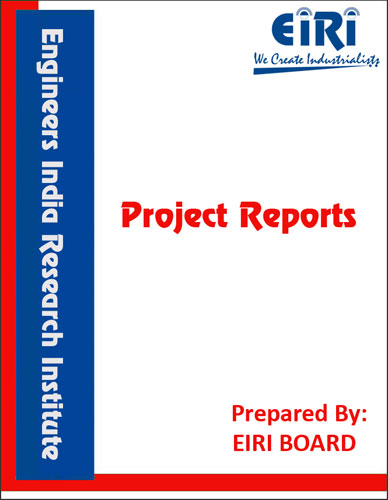Chalk (School)
The project report includes Present Market Position and Expected Future Demand, Market Size, Statistics, Trends, SWOT Analysis and Forecasts. Report provides a comprehensive analysis from industry covering detailed reporting and evaluates the position of the industry by providing insights to the SWOT analysis of the industry.
We can prepare PROJECT REPORT as per your INVESTMENT PLAN for BANK LOAN REQUIREMENT and INDUSTRY ANALYSIS. All reports are prepared by highly qualified consultants and verified by a panel of experts.
Have Query? Click Here to Chat
Industry Expert is Online, Chat with him for more detail.

Chalk used in school classrooms comes in slender sticks approximately .35 of an inch (nine millimeters) in diameter and 3.15 inches (80 millimeters) long. Lessons are often presented to entire classes on chalk-boards (or blackboards, as they were originally called) using sticks of chalk because this method has proven cheap and easy.
As found in nature, chalk has been used for drawing since prehistoric times, when, according to archaeologists, it helped to create some of the earliest cave drawings. Later, artists of different countries and styles used chalk mainly for sketches, and some such drawings, protected with shellac or a similar substance, have survived. Chalk was first formed into sticks for the convenience of artists. The method was to grind natural chalk to a fine powder, then add water, clay as a binder, and various dry colors. The resultant putty was then rolled into cylinders and dried. Although impurities produce natural chalk in many colors, when artists made their own chalk they usually added pigments to render these colors more vivid. Carbon, for example, was used to enhance black, and ferric oxide (Fe 2 O 3 ) created a more vivid red.
Project Report Covers:
Introduction
Uses and Applications
Properties
Market Survey with future aspects
Present Manufacturers
B.I.S. Specifications
Manufacturing Process with Formulae
Cost Economics with Profitability Analysis
Capacity
Land & Building Requirements with Rates
List & Details of Plant and Machinery with their Costs
Raw Materials
Details/List and Costs
Power & Water Requirements
Labour/Staff Requirements
Utilities and Overheads
Total Capital Investment
Turnover
Cost of Production
Break Even Point
Profitability
Land Man Ratio
Suppliers of Plant & Machineries and Raw Materials.



